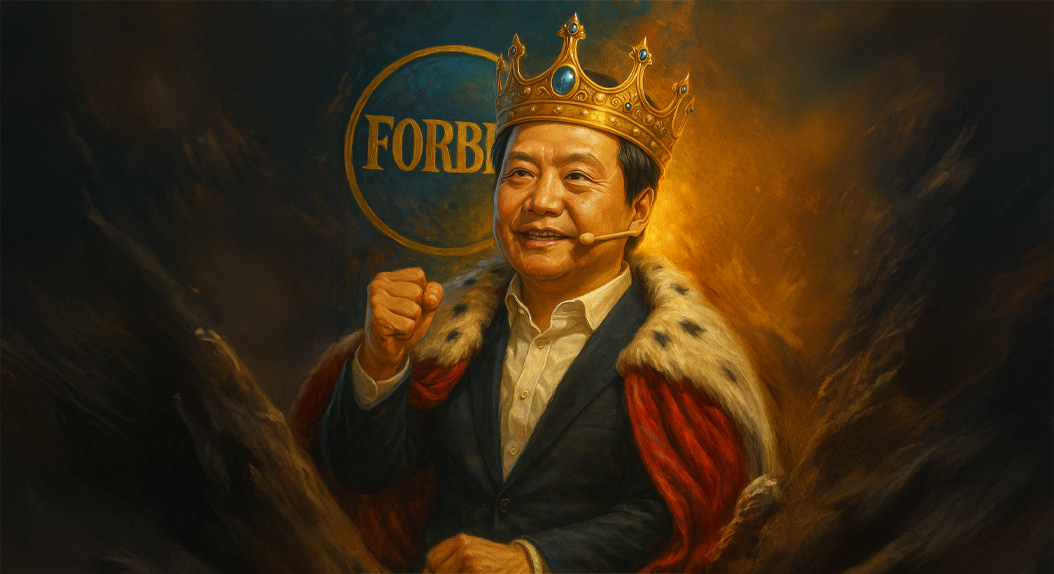Driving forces behind Xiaomi’s rapid global expansion include a unique strategic model, fusing cost leadership with ecosystem integration and profitable internet services. This structure, often referred to as the company’s “Iron Triangle,” links hardware and AIoT devices with high-margin digital services into one coherent growth engine. You can learn more about Xiaomi devices on our related pages: Xiaomi 15 series, HyperOS features, and Xiaomi AIoT ecosystem**. In aggregate, these elements create a sustainable competitive advantage that fosters user loyalty and underpins sound financial performance.
The Foundations of Xiaomi’s Growth Model
Its expansion is underpinned by a business architecture designed to balance high volume, competitive pricing with integrated digital services. This model allows the company to deliver stable growth while maintaining profitability across diverse market segments.
Cost Leadership and Margin Commitment
Xiaomi’s long-term commitment to maintaining net profit margins for hardware at a level below 5% acts both as a pricing strategy and a tool to gain trust. This limit on margin bolsters consumer confidence, consolidates loyalty, and attracts a global user base with less fluctuation. With reduced marketing expenses, community-driven engagement also enables Xiaomi to redirect some resources into the affordability of devices. This perpetuates demand in emerging markets-especially in regions with prevailing purchasing behaviors driven by value.
Ecosystem Penetration and User Retention
Hundreds of millions of devices are now connected within the AIoT ecosystem of Xiaomi, and smartphones will assume a central position in the interconnected digital environment. Such an architecture creates recurring engagement and reinforces long-term platform stickiness. The increasing number of users possessing five or more devices from Xiaomi represents its deep integration strategy and proves the ability to drive ecosystem-led retention. This integrated approach ensures that users remain within the Xiaomi environment for hardware refresh cycles and internet service consumption alike.
Revenue Structure and Cross-Subsidization Dynamics
Its financial success is closely linked with the “Iron Triangle” model, where Xiaomi maintains stable margins and supports aggressive expansion into new business categories.
Three-Segment Business Architecture
The company operates in three main verticals: It includes:
- Smartphones: The largest revenue driver, supported by scale, competitive pricing, and broad global distribution.
- AIoT and Lifestyle Products: Fast-growing segment that reinforces ecosystem depth and cross-device experiences.
- Internet Services: The highest-margin vertical, driven by MIUI’s user base and integration with the HyperOS ecosystem.
Xiaomi uses a cross-subsidization structure, with hardware working on thin margins, but the business model ensures that the Internet Services bring in enterprise-level profitability. This allows it to sell devices aggressively while maintaining robust consolidated financial results.
Expansion Into EV and AI Industries
Investing in EVs and advanced AI capabilities is a long-term expansion vector for Xiaomi. These new segments are already contributing significantly to revenue, showing the company’s shift from traditional consumer electronics toward multi-industry innovation leadership. Growing R&D capacity supports this transition at Xiaomi, further strengthening imaging technology, processing performance, and software intelligence across product categories.
Global Strategy, Localization, and Market Positioning
With flexible supply chains and fast regional adaptation, the broad global reach of Xiaomi is enabled. The operational agility allows the company to maintain consistent device availability and pricing even during periods of global instability.
Premiumization and Competitive Positioning
Over the last couple of years, Xiaomi has increasingly been making its way into premium segments to take on traditionally strong competitors like Samsung and Apple. This is further helped by advances in imaging, materials engineering, processor architecture, and industrial design. High-end products, such as flagships and foldables, are brand-building vehicles that raise Xiaomi’s perception in mature markets. Premium products also contribute to increasing the overall ASP and decreasing reliance on lower-margin businesses.
International Penetration and Retail Expansion
The offline store expansion strategy of Xiaomi strengthens its presence in Europe, Southeast Asia, and Latin America. In addition, localization efforts support product relevance, maintaining regulatory compliance, and region-specific marketing. This multilayered approach will definitely ensure stronger brand awareness and higher conversion rates across diverse consumer bases.
AIoT Integration & Service Monetization
Xiaomi’s AIoT platform enhances the value chain by connecting smart home devices, apps, and internet services into one unified user experience.
Long-Term Ecosystem Value
With nearly 700 million connected IoT devices, Xiaomi’s ecosystem creates extensive behavioral data and interaction points that feed into personalized services, advertising efficiency, and high-margin digital offerings. The result is that the company will continue to have highly attractive monetization potential across all regions, with a strong predictable revenue stream over and above hardware cycles.


 Emir Bardakçı
Emir Bardakçı




